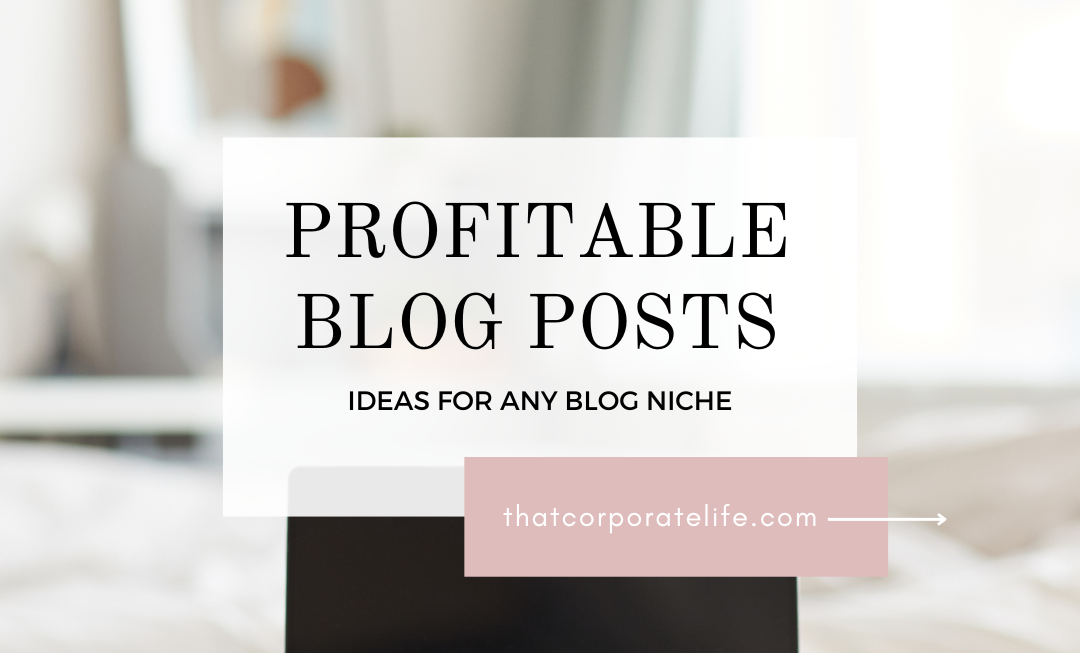Pinterest is more than just a digital mood board or a platform for DIY inspiration. It’s a powerful search engine where users actively look for ideas, solutions, and products. If you’re not optimizing your content with the right Pinterest keywords, you’re missing out on an opportunity to get your content in front of an engaged audience.
In this comprehensive guide, I’ll explain what you need to know about Pinterest keywords—what they are, why they matter, and how to use them effectively. My Pinterest account has 44K monthly views at the time I’m posting this blog post, and 96% of my blog traffic comes from Pinterest. By the end of this post, you’ll be ready to create content that ranks higher, gets more impressions, and drives clicks to your website.
What Are Pinterest Keywords?
Before we dive into strategies, let’s define what Pinterest keywords are. Pinterest keywords are the search terms or phrases that users type into Pinterest’s search bar to find content. For instance, if someone searches for “modern kitchen decor,” Pinterest uses keywords in pin descriptions, titles, and boards to deliver relevant results.
Think of Pinterest as a visual search engine rather than a social media platform. Like Google, Pinterest relies heavily on keywords to connect users with the content they’re looking for.
Why Are Pinterest Keywords Important?
The magic of Pinterest lies in its intent-driven audience. Unlike other platforms where users passively scroll, Pinterest users are planners and action-takers. They’re looking for ideas, recipes, DIY projects, fashion inspiration, or solutions to specific problems.
Here’s why Pinterest keywords are crucial:
- Improved Discoverability: Using the right keywords helps Pinterest understand your content and show it to users searching for related topics.
- Increased Engagement: Pins that match user intent are more likely to get saved, clicked, and shared.
- Traffic Generation: By optimizing pins with keywords, you can drive targeted traffic to your website or blog.
- Boosted SEO: Pinterest boards and pins can appear in Google search results, amplifying your reach beyond the platform.
How to Find the Best Pinterest Keywords
Now that you understand the importance of keywords, let’s talk about finding the right ones for your content.
1. Use Pinterest’s Search Bar
Pinterest’s search bar is one of the simplest and most effective tools for discovering Pinterest keywords. When you type a word or phrase, Pinterest suggests related terms, which are based on what users are searching for.
For example:
- Type “healthy recipes” and you might see suggestions like “healthy recipes dinner,” “healthy recipes for weight loss,” or “healthy recipes meal prep.”
2. Analyze the Trends Tool
Pinterest’s Trends Tool is a goldmine for keyword research. It shows you what’s trending on the platform, along with seasonal spikes. By aligning your content with trending keywords, you can capitalize on current interests.
3. Look at Related Pins
When you click on a pin, Pinterest suggests similar pins underneath. The descriptions and titles of these related pins can offer inspiration for additional keywords.
4. Check Out Competitors
Search for content similar to yours and see which keywords competitors are using in their pin titles, descriptions, and board names. Don’t copy directly—use this as a starting point to develop your unique keyword strategy.
5. Use Keyword Research Tools
Tools like Ubersuggest, Ahrefs, or Google Keyword Planner can also help you discover keywords that are popular on Pinterest and other platforms.
Where to Use Pinterest Keywords
Knowing where to place your keywords is just as important as finding them. Pinterest uses these placements to understand your content and serve it to the right audience.
1. Pin Titles
Your pin’s title should include your primary keyword. Titles are one of the first things users see, so make them engaging and descriptive.
Example: “10 Cozy Modern Living Room Ideas for Small Spaces”
2. Pin Descriptions
Your pin description is a key opportunity to include your keywords naturally. Aim for 2–3 keywords in a conversational tone, avoiding keyword stuffing.
Example: “Looking for cozy modern living room ideas? These small-space solutions are perfect for creating a warm and inviting home.”
3. Board Titles and Descriptions
Create boards with descriptive names that reflect your target keywords. Similarly, use the board description to provide more context and incorporate additional keywords.
Example Board Title: “Healthy Dinner Recipes for Families”
4. Alt Text
When uploading pins, use alt text to describe your image. This not only boosts accessibility but also helps Pinterest understand what your pin is about.
Example Alt Text: “Image of a colorful quinoa salad bowl, perfect for healthy dinner recipes.”
5. Profile Bio
Don’t overlook your profile! Incorporate keywords into your bio to make your account more discoverable.
Example: “Sharing simple and delicious healthy recipes, meal prep tips, and kitchen inspiration.”
Pinterest Keywords Strategy for Success
Once you’ve found your keywords, it’s time to put them into action. Here’s a step-by-step strategy for using Pinterest keywords effectively.
Step 1: Organize Keywords into Themes
Categorize your keywords into themes or topics. For instance, if you’re a food blogger, you might have themes like “quick dinners,” “vegan desserts,” or “holiday recipes.”
Step 2: Create Content Around Keywords
Plan your content calendar around high-performing keywords. Focus on creating pins, blog posts, or videos that address popular search queries.
Step 3: Design Eye-Catching Pins
Pinterest is a visual platform, so your pin design needs to stand out. Use high-quality images, bold text overlays, and consistent branding. Pair this with your optimized titles and descriptions.
Step 4: Schedule Pins Regularly
Consistency is key on Pinterest. Use tools like Tailwind to schedule pins and keep your account active.
Step 5: Monitor Performance
Regularly review your Pinterest Analytics to see which pins and keywords are driving the most engagement and traffic. Use these insights to refine your strategy.
Common Mistakes to Avoid When Using Pinterest Keywords
Even with the best intentions, it’s easy to make mistakes with Pinterest keywords. Here are some pitfalls to avoid:
- Keyword Stuffing: Overloading your pins with keywords can make them look spammy and turn off users.
- Ignoring Trends: Pinterest is a seasonal platform. If you’re not keeping up with trends, you might miss valuable opportunities.
- Generic Keywords: Broad keywords like “recipes” or “home decor” are highly competitive. Focus on long-tail keywords for better results.
- Poor Pin Design: Even the best keywords won’t save a pin with a low-quality design.
Measuring Success with Pinterest Keywords
How do you know if your keyword strategy is working? Here are some metrics to track:
- Impressions: A high number of impressions means your content is appearing in search results.
- Saves: Saves indicate that users find your content valuable enough to revisit.
- Clicks: Click-throughs to your website are the ultimate goal for driving traffic and conversions.
Use Pinterest Analytics to track these metrics and adjust your keyword strategy accordingly.
Conclusion: Mastering Pinterest Keywords
Mastering Pinterest keywords isn’t just about ranking higher; it’s about connecting with the right audience and driving meaningful engagement. By understanding what your audience is searching for and optimizing your content to meet their needs, you can transform Pinterest into a powerful tool for growth.
Ready to take action? Start by researching your keywords, creating optimized content, and staying consistent. With the right strategy, Pinterest can become a traffic powerhouse for your brand or blog.



